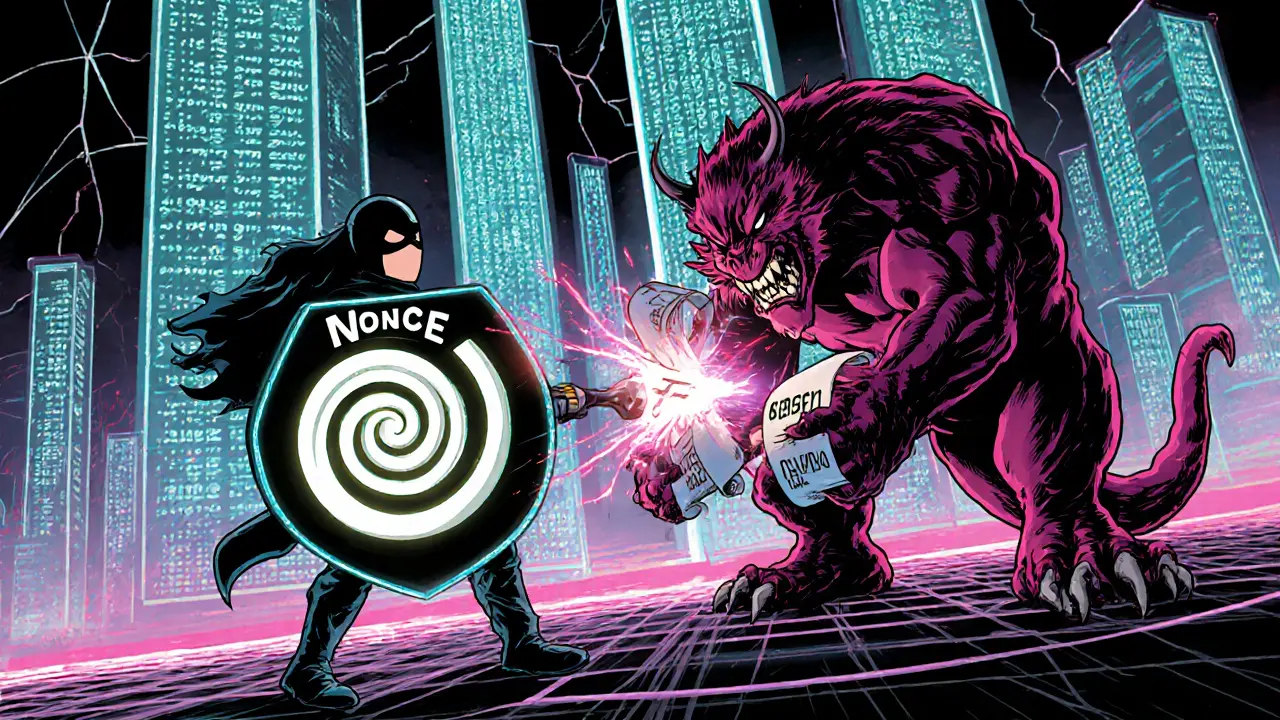Blockchain Replay Protection: Why It Matters and How It Works
When working with blockchain replay protection, a set of mechanisms that stop a transaction from being executed more than once on another chain or after a fork. Also known as replay attack mitigation, it ensures that funds stay where you sent them. A replay attack, an attempt to copy a valid transaction to a different network or a later block exploits the fact that many blockchains share identical transaction formats. One of the most common defenses is the transaction nonce, a unique counter each account uses to order its transactions and prevent duplicates. By tying each transaction to a specific nonce, the network can instantly tell if a copy has already been processed, effectively cutting the replay vector.
Key Concepts Behind Replay Protection
Replay protection doesn’t live in a vacuum; it’s tightly linked to how forks and smart contracts behave. When a hard fork occurs, both sides of the split initially inherit the same transaction history. Without proper safeguards, a transaction signed on the original chain could be replayed on the new chain, moving assets unintentionally. To avoid this, many projects embed a chain‑specific identifier—or “chain ID”—into the transaction payload, a practice popularized by Ethereum’s EIP‑155. This extra data point lets nodes verify that a transaction belongs to the intended network, creating a clear semantic triple: blockchain replay protection requires chain IDs. Smart contracts add another layer: developers can program “replay‑safe” functions that check the originating chain before executing critical logic. When combined with proper nonce handling, these measures form a three‑point shield against double‑spend attempts.
Understanding these mechanisms is the first step toward building safer dApps and choosing exchanges that respect replay‑safe standards. Below you’ll find articles that break down real‑world cases—like how major exchanges responded to replay threats after the Ethereum Classic split, what tools you can use to audit nonce usage, and why some DeFi protocols still stumble over replay bugs. Whether you’re a trader, developer, or just curious about blockchain security, the collection gives you actionable insights and practical examples to keep your assets secure.
Learn how nonce numbers protect blockchain transactions from replay attacks, covering Ethereum, Bitcoin, smart contracts, chain IDs, and best‑practice implementation.

